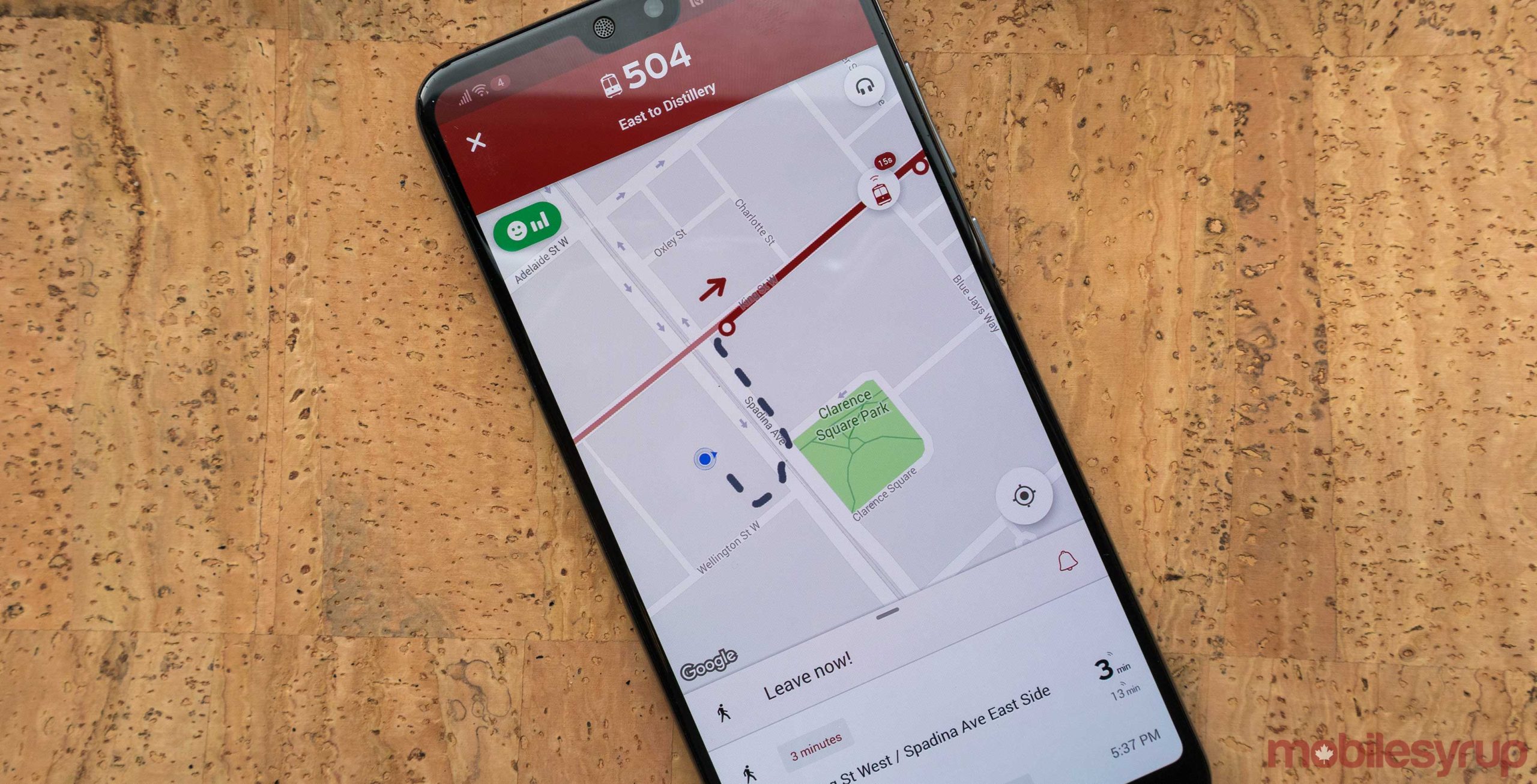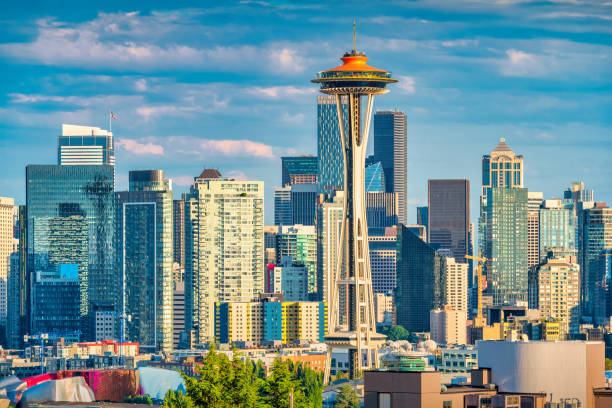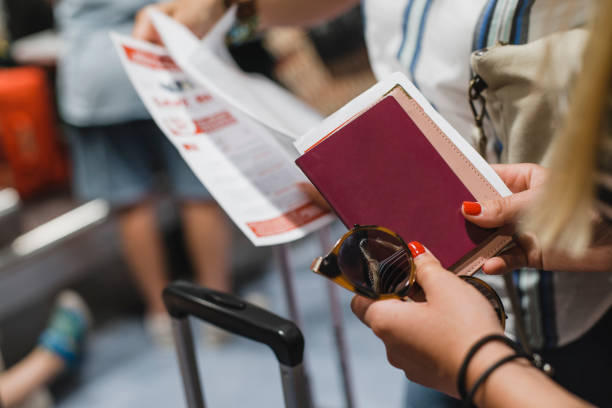How to Navigate Public Transportation in a Foreign City
Navigating public transportation in a foreign city can be a bit challenging, but with some planning and preparation, you can easily get around and explore like a local. Public transportation is often the most efficient and cost-effective way to travel, allowing you to experience the city’s culture and interact with its residents. In this guide, we will provide you with practical tips and strategies to help you navigate public transportation systems in a foreign city. From understanding the transportation options to mastering ticketing systems, planning your routes, and staying safe, you’ll gain the confidence to navigate the local transportation network with ease.
Research the Transportation Options:
Researching the transportation options in a foreign city is a crucial step in navigating its public transportation system effectively. Here are some steps you can follow to conduct thorough research:
- Official Websites: Start by visiting the official website of the city’s transportation authority or public transit agency. They often provide detailed information about the different modes of transportation available, including buses, trains, trams, subways, or ferries. These websites typically offer route maps, schedules, fare information, and any updates or announcements regarding service disruptions.
- Tourism Websites: Many cities have dedicated tourism websites that provide valuable information for travelers, including transportation details. These websites often highlight popular tourist routes, transportation options to major attractions, and any special transportation passes or discounts available for tourists.
- Online Travel Forums: Join online travel forums or communities where you can interact with fellow travelers who have visited the destination. These platforms are an excellent resource for firsthand experiences and tips on navigating public transportation. Ask specific questions about the transportation system, popular routes, and any challenges or recommendations.
- Travel Guidebooks: Consult travel guidebooks specific to the destination you’re visiting. Guidebooks often include comprehensive information on public transportation, including maps, routes, ticketing details, and tips for using the system. Look for guidebooks that specialize in transportation or provide in-depth coverage of local transportation options.
- Mobile Apps: Many cities have their own transportation apps or rely on popular apps like Google Maps or City mapper. These apps provide real-time information on routes, schedules, and even notifications for service disruptions. Download the relevant apps for the city you’re visiting and explore their features. Check if they offer offline maps or other useful features to assist you while you’re on the go.
- Local Recommendations: Reach out to locals or friends who have visited the city before. They can provide valuable insights and recommendations based on their own experiences with the public transportation system. Ask for advice on the most reliable modes of transportation, cost-effective options, and any specific tips or tricks they may have learned.
- Social Media: Search for relevant hashtags or accounts on social media platforms like Instagram or Twitter. Often, travelers and locals share their experiences, tips, and photos of using public transportation in different cities. Follow travel accounts or hashtags related to the destination to gather insights and recommendations.
.
Study the Transportation Maps:
Obtain a transportation map of the city either online, at the airport, or from the local tourism office. Study the map to understand the routes, stations, and interchanges. Identify key landmarks, attractions, and neighborhoods that you plan to visit, and locate the corresponding public transportation stops or stations.
Pay attention to any color-coded or numbered lines on the map and understand the direction of travel. This will help you determine which line or route to take when planning your journeys.
Master the Ticketing System:
Understanding the ticketing system is crucial for using public transportation in a foreign city. Research the available ticketing options, such as single-ride tickets, daily or weekly passes, or stored-value cards.
Find out where you can purchase tickets, whether it’s at ticket counters, vending machines, or through mobile apps. Familiarize yourself with any validation or tapping procedures required when boarding or exiting the transportation system.
If there are language barriers, consider writing down or memorizing common ticket-related phrases in the local language to facilitate your interactions with ticketing staff or fellow passengers.
Plan Your Routes:
Plan your routes in advance to save time and ensure a smooth journey. Use online route planners or mobile apps specifically designed for the city’s public transportation system. Enter your starting point and destination to receive detailed directions, including which lines to take, transfer points, and estimated travel times.
Consider factors such as peak hours, which may affect travel times and crowd levels. Plan your trips accordingly, allowing extra time for potential delays or transfers.
Be Aware of Station Layouts:
Familiarize yourself with the layouts of the stations or stops you’ll be using frequently. Take note of the exits, platforms, and any signage indicating the direction of travel or transfer points. This will help you navigate the stations more efficiently and avoid confusion.
If you have any concerns or questions, don’t hesitate to ask station staff or fellow passengers for assistance. Most locals are friendly and willing to help.
Stay Safe and Secure:
Prioritize your safety and security when using public transportation in a foreign city. Avoid displaying valuable items or large amounts of cash. Always keep your belongings secure and within sight, especially in crowded areas.
If you’re traveling at night, choose well-lit and busy stations, and consider sitting near the driver or in areas with more people. Trust your instincts and be cautious of any suspicious activities or individuals.
Learn Basic Local Phrases:
Learning a few basic local phrases can go a long way in navigating public transportation. Learn how to ask for directions to the nearest station, confirm the destination, or inquire about the next train or bus.
Greeting phrases and polite expressions can also help you connect with locals and receive assistance more easily. Even if English is widely spoken, making an effort to communicate in the local language shows respect and may lead to a more positive experience.
Conclusion:
Navigating public transportation in a foreign city is an adventure in itself. By researching the transportation options, studying maps, mastering the ticketing system, planning your routes, and prioritizing safety, you can confidently explore the city using its public transportation network. Embrace the local culture and immerse yourself in the everyday life of the city’s residents. Don’t be afraid to ask for help when needed, and be open to new experiences along the way. With these tips, you’ll be able to navigate public transportation like a pro, discovering hidden gems and creating memorable travel experiences.






